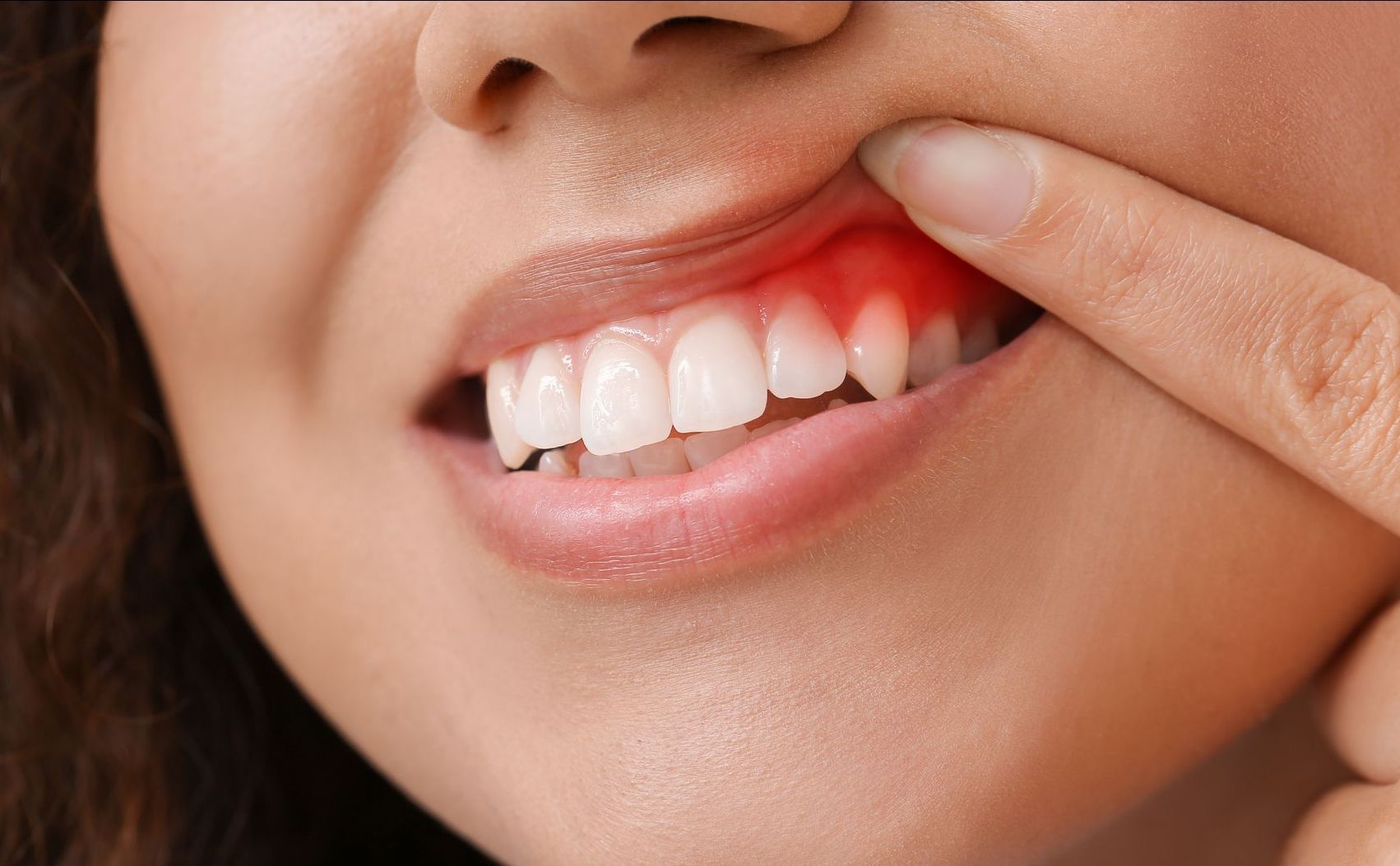Dental Abscess Pathology
What is a dental abscess?
A dental abscess is a localized bacterial infection that results in the formation of a pocket of pus in the tissues around a tooth. There are two main types of dental abscess: the periapical abscess, which occurs at the tip of the tooth root, and the periodontal abscess, which forms in the gums around the tooth root. A dental abscess is a serious condition that requires immediate treatment to avoid complications.

Dental abscesses are usually caused by untreated tooth decay, periodontal disease, dental trauma or tooth fractures. The infection can spread to other parts of the body, causing more serious health problems, so it is essential to seek assistance from your dentist as soon as symptoms are observed.
Possible Symptoms
The symptoms of a dental abscess can vary in intensity, but generally include:
Intense, throbbing toothache
The pain is often described as throbbing and can radiate to the jaw, ear or neck. The pain may worsen when chewing or lying down.
Sensitivity to Heat and Cold
Teeth can become extremely sensitive to hot or cold foods and drinks.
Swollen Gums
The gums around the affected tooth may be swollen, red and painful to the touch.
Unpleasant taste in the mouth
There may be a bitter or salty taste in the mouth due to pus draining from the abscess.
Bad breath
The infection can cause persistent halitosis, which does not improve with regular oral hygiene.
Fever
In more severe cases, the infection can lead to fever and a feeling of general malaise.
Facial swelling
The face can become visibly swollen on the side of the affected tooth. This swelling can extend to the neck.
Difficulty Opening the Mouth or Swallowing
Swelling and pain can make it difficult to open your mouth and swallow.
Swollen Lymph Nodes
Lymph nodes in the neck or under the jaw may become enlarged and tender.
Available Treatments
Treatment for a dental abscess aims to eliminate the infection, relieve pain and prevent complications. Treatment options include:
Draining the abscess:
The dentist can make a small incision in the abscess to allow the pus to drain out. This procedure relieves pain and helps reduce the infection.
Antibiotics:
If the infection has spread beyond the site of the abscess or if there are signs of severe infection, the dentist may prescribe antibiotics to fight the infection.
Root canal treatment (endodontics):
To treat a periapical abscess, endodontic root canal treatment (root canalization) may be necessary. This procedure involves removing the infected tissue from inside the tooth, followed by cleaning and disinfecting the root canal before filling and sealing it.
Tooth extraction
In cases where the tooth is severely damaged and cannot be saved, tooth extraction may be necessary to eliminate the infection.
Our Clinical Team is here to help you!
Agreements and Partnerships
FAQ's
1. What causes a dental abscess?
A dental abscess is caused by a bacterial infection. This can occur due to untreated tooth decay, dental injuries or fractures, or gum disease.
2. What are the signs that I may have a dental abscess?
Signs of a dental abscess include intense, throbbing toothache, sensitivity to heat and cold, swollen gums, bad breath, an unpleasant taste in the mouth, fever, facial swelling and difficulty opening the mouth or swallowing.
3. Can I treat a dental abscess at home?
No. A dental abscess requires professional treatment. While waiting for a dental appointment, you can rinse your mouth with warm salt water, but the infection should be treated by a dentist.
4. What are the risks of not treating a dental abscess?
If left untreated, a dental abscess can lead to serious complications, including the spread of the infection to other parts of the body, such as the jaw, neck or even the brain.
5. How can a dental abscess be prevented?
Prevention includes maintaining good oral hygiene, brushing your teeth at least twice a day, flossing daily, and visiting the dentist regularly for check-ups and oral hygiene. It's also important to treat cavities and gum disease quickly.
6. Can a dental abscess come back after treatment?
Although proper treatment can resolve the infection, it is important to follow the dentist's recommendations and maintain good oral hygiene to prevent recurrence. In some cases, underlying factors such as gum disease or poor oral hygiene habits can contribute to new abscesses.
7. How long does it take for a dental abscess to disappear?
Recovery time varies depending on the severity of the abscess and the treatment carried out. After drainage of the abscess or root canal treatment, the pain may subside quickly, but complete healing of the infection and the surrounding tissues may take a few weeks.
8. Are dental abscesses common?
Yes, dental abscesses are relatively common, especially in people with poor oral hygiene or who don't visit the dentist regularly. Early treatment of tooth decay and gum disease can significantly reduce the risk of developing an abscess.
Our Clinical Team is here to help you!







